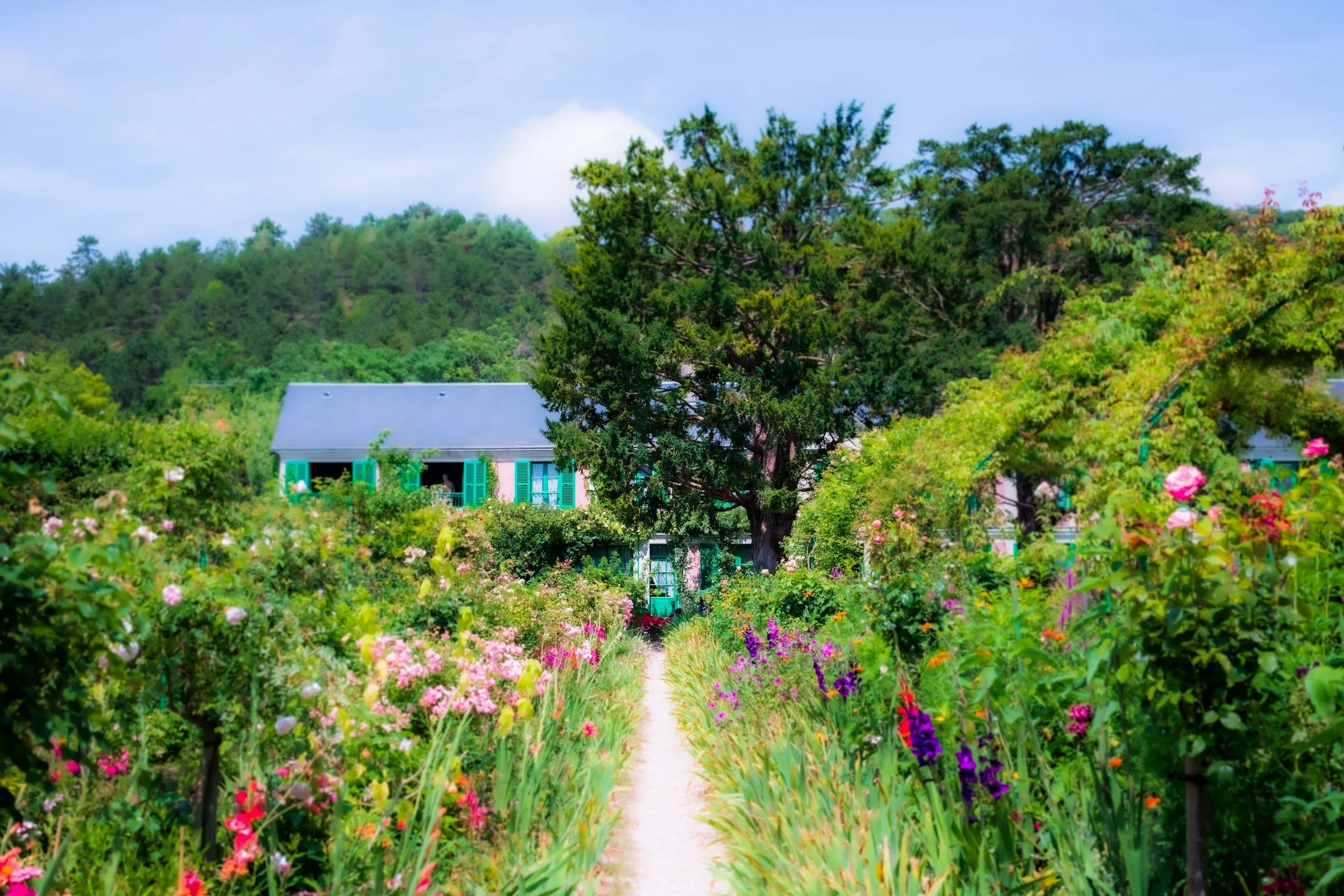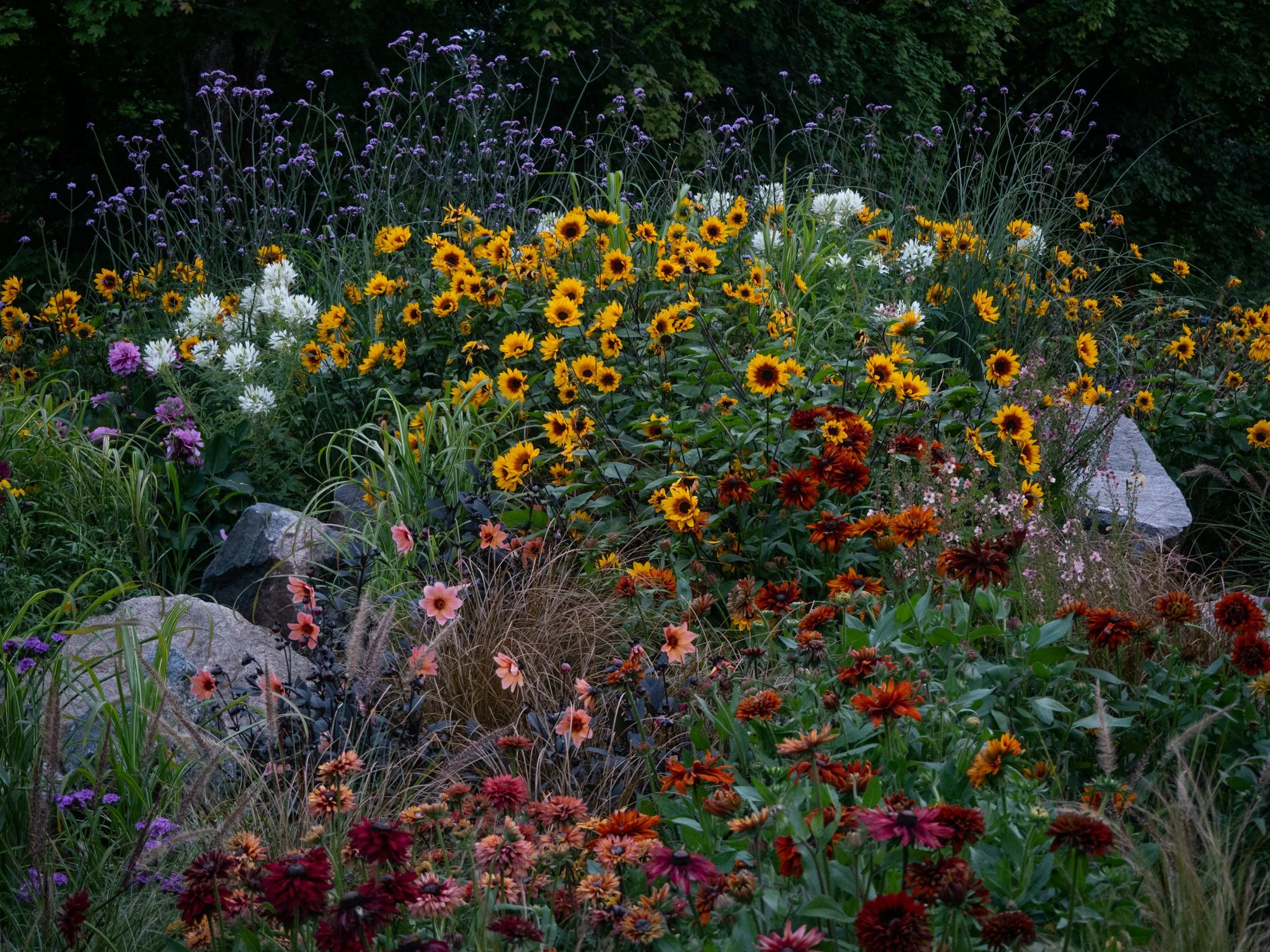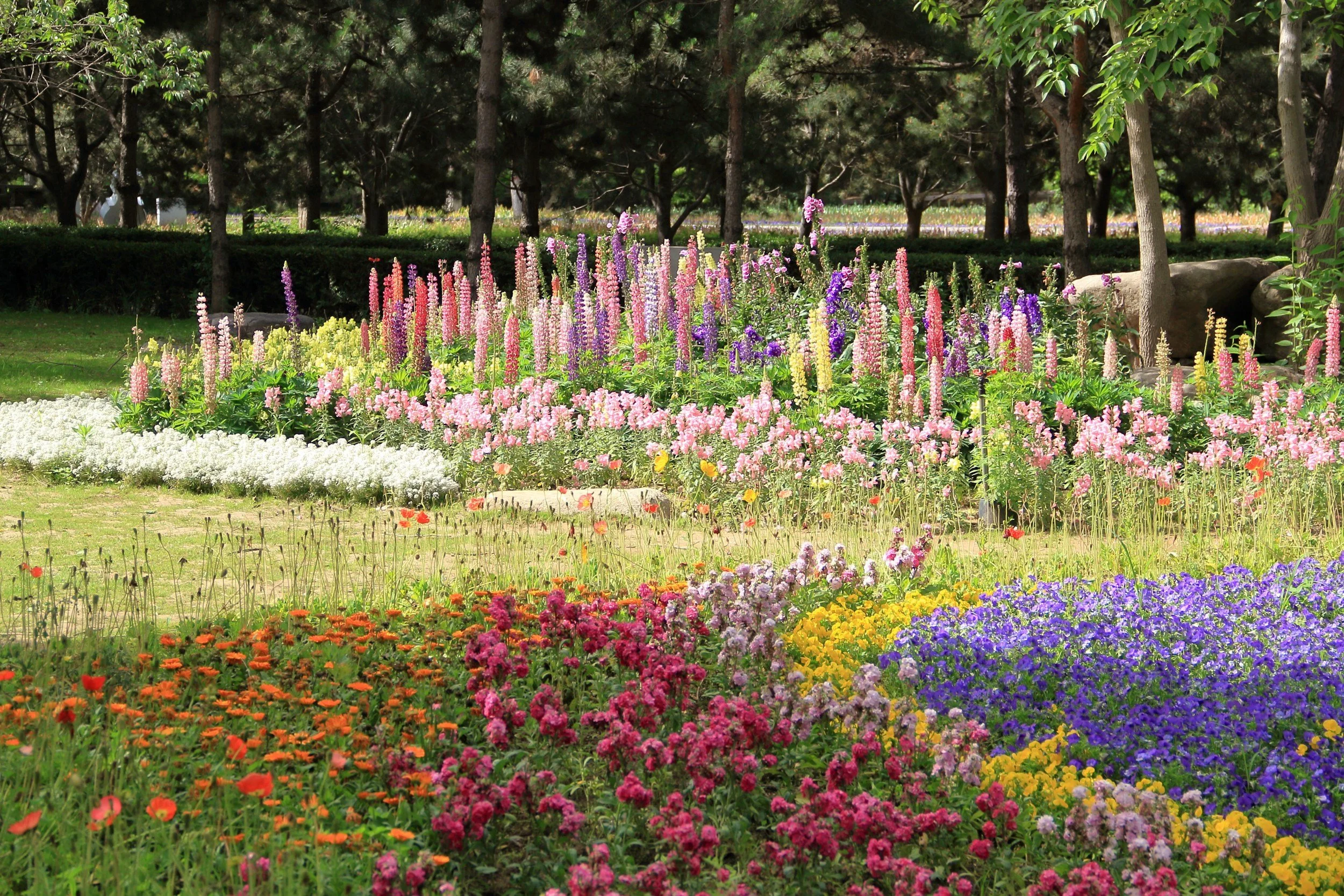When to Use Annuals in your New Jersey Garden
If you’ve planted a new perennial garden, you might be familiar with this frustrating in-between phase: Young perennials are settling in, but the space between them is wide open—and weeds are more than happy to move in.
This is exactly where annuals earn their keep. They’re not just pretty placeholders—they’re your most effective, low-maintenance strategy for suppressing weeds while your garden matures.
Sleep, Creep, Leap… and Weed?
Perennials don’t rush.
In their first year, they sleep, building root systems.
In the second, they creep, growing slowly.
By year three, they leap, finally filling in and blooming reliably.
But during that "sleep and creep" stage? You’re left with exposed soil. And nature hates a vacuum—so in come the weeds. Unless… you plant annuals.
How Annuals Suppress Weeds
Annuals grow fast, with dense foliage and shallow roots that cover soil quickly. When used correctly, they:
Shade the soil, blocking sunlight from reaching weed seeds.
Outcompete seedlings, grabbing nutrients and space before weeds can establish.
Reduce your workload, meaning less time pulling, more time enjoying your garden.
They're not about long-term design—they're a short-term workhorse, giving your perennials time to grow without being overrun.
The Right Way to Use Annuals
Think of annuals as temporary groundcover. Not focal points. Not feature plants. Just quiet, effective helpers.
Here’s how to get the most out of them:
Plant in open soil between young perennials.
Choose tough, fast-growers like zinnia, cosmos, calendula, or bachelor’s buttons.
Sow densely so they form a solid canopy.
Cut back or remove when perennials start to take over.
Bonus: Some of these annuals support pollinators too, which helps create a healthy, thriving garden ecosystem.
Annuals with a Purpose
You don’t need to fall in love with annuals to make smart use of them.
You just need to understand their role: living mulch.
They cover ground quickly, suppress weeds effectively, and disappear at the end of the season, just in time for your perennials to hit their stride.
So, the next time you see bare spots in your new garden bed, don’t leave them empty—and don’t mulch everything either.
Plant annuals, control weeds, and set your garden up for long-term success.



